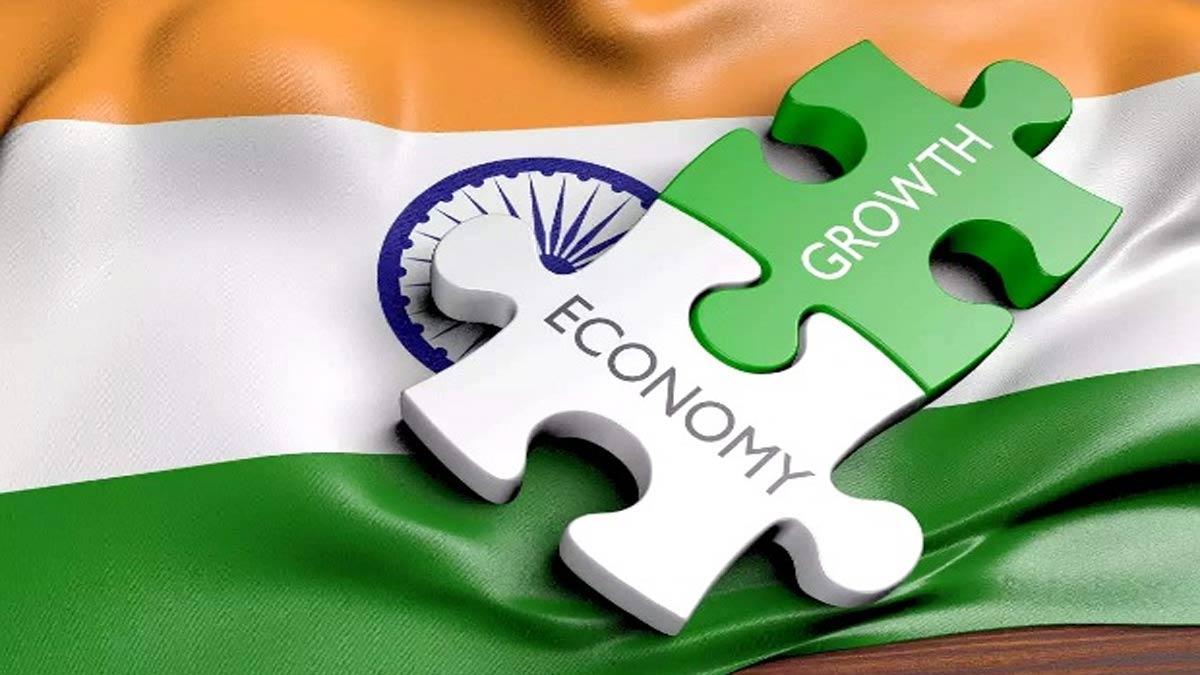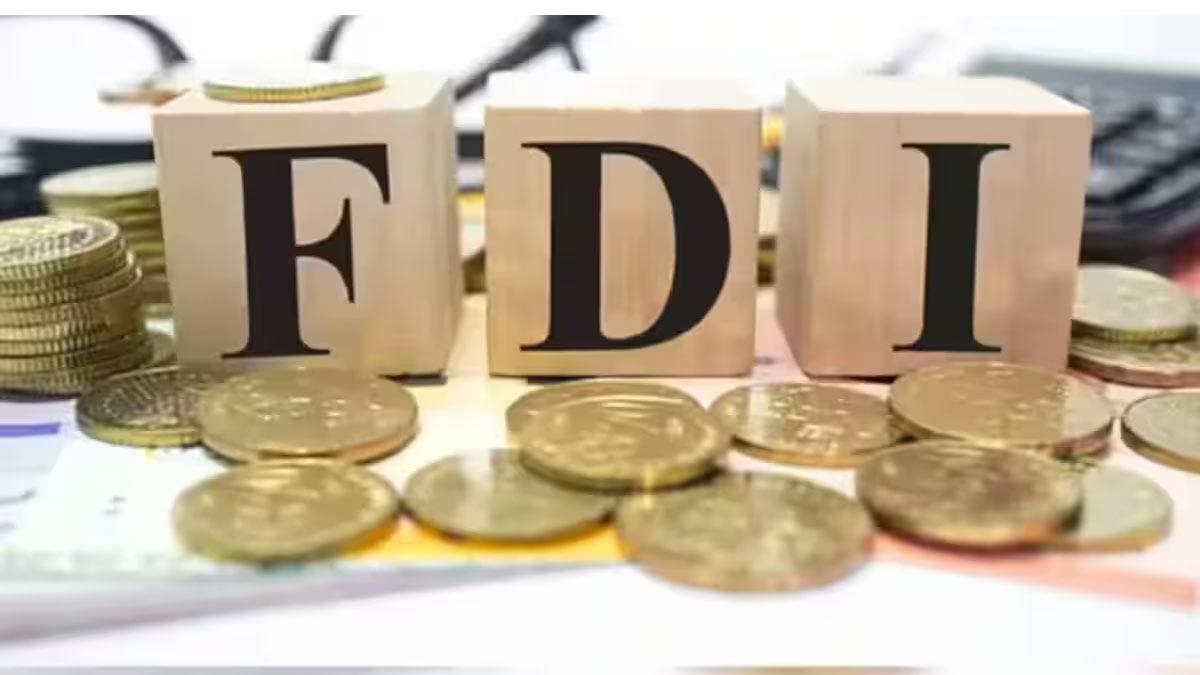India's e-commerce sector is ready to witness a dramatic surge, with its market size slated to grow from $30 billion in 2020 to $300 billion by 2030. This boom is destined to be the backbone of the country's $1 trillion digital economy dream, as per a new report published by Bessemer Venture Partners on Thursday.
What was historically a niche category has now emerged as a crucial pillar in India's retailing environment, serving a large and growingly diverse consumer base, the report highlights.
“India presents a $1 trillion digital opportunity. The emergence of multiple consumer marketplaces, platforms, and new-age brands over the past decade reflects the growing aspirations of a rising India. This makes us exceptionally optimistic about the potential for many more consumer-focused ventures to emerge,” said Anant Vidur Puri, Partner at Bessemer Venture Partners.
The report points to a robust trio of drivers of growth—widespread internet penetration, demographic changes, and supportive policy initiatives—which have established fertile ground for digital trade to flourish. In the future, the dynamic interaction between changing digital platforms, consumer behavior, and innovation in marketplaces is likely to drive the industry even more.
Quick Commerce Reshaping the Retail Game
One of the biggest disruptors in India's e-commerce transformation is the emergence of q-commerce, or quick commerce. With players such as Blinkit, Zepto, Swiggy, and BigBasket leading the way, ultra-fast delivery has become a new norm for convenience and speed, drastically increasing consumer expectations.
The trend is also spilling over into more niche areas. New-age startups such as Snabbit, Swish, and Slikk are making verticalized quick commerce niches in catering to niche and changing customer needs.
Direct-to-Consumer Brands Tap Into Aspirational India
The direct-to-consumer (D2C) category is booming, with brands focusing on the mass-premium category—customers who value quality, innovation, and value. They are addressing growing demand for goods that match aspirational lifestyles and contemporary sensibilities.
India's Content Boom and New Monetisation Frontiers
Bessemer's report also identifies a profound shift in content viewing throughout the nation. Gaming, education, and entertainment are driving a digital content revolution as users are more deeply interacting across genres, languages, and formats.
Short video platforms are especially on the rise, having seen their daily active users grow 3.6X in the past five years. The platforms are now locked in a direct rivalry with legacy digital entertainment leaders.
At the same time, revenue models are shifting away from ads. An increase in UPI-driven microtransactions—virtual tips to auto-renewing subscriptions—is creating new revenue streams for platforms and creators. This monetisation model is set to expand into a $1.5 billion market by 2029.
Rise of Wellness-Focused Consumerism
The report also illuminates a trend towards spending that is health-conscious. There has been a significant increase in the purchasing of organic food, protein supplements, health fitness technology, and preventive health care services. Of note, wellness-driven food and beverage expenditure has increased from 11% to 16% of all F&B spending, as more brands shift towards embracing this trend.
Read also| Trade agreements with US, EU to be concluded soon, Says Nirmala Sitharaman
Read also| India Rises to 3rd Spot in Global Tech Startup Funding in H1 2025


















